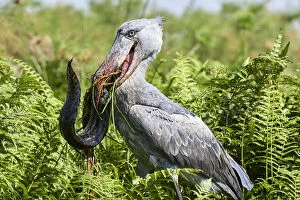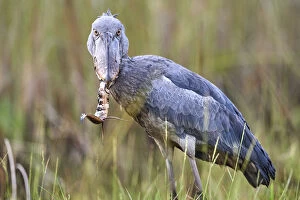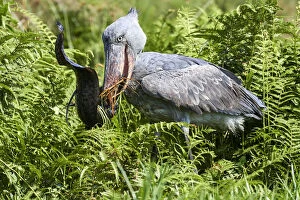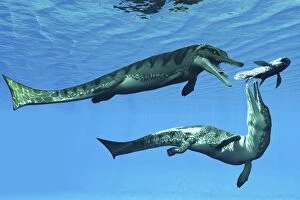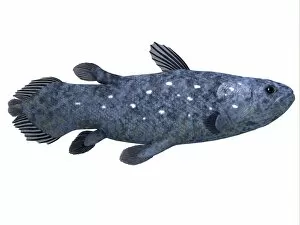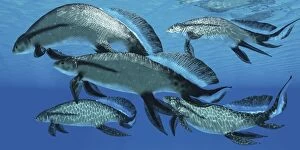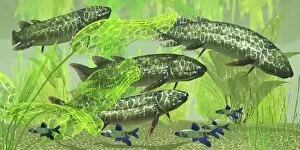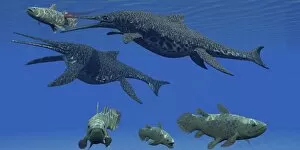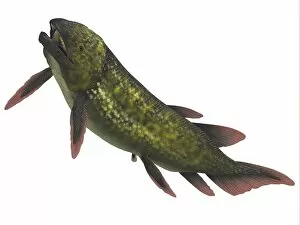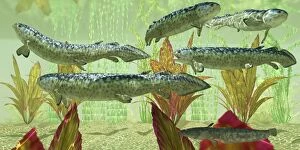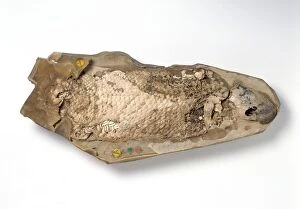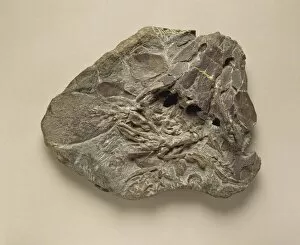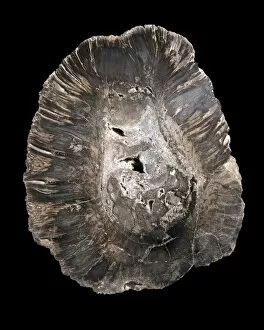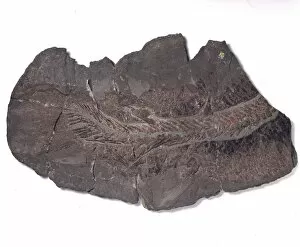Sarcopterygii Collection
"Sarcopterygii: A Journey Through Ancient Aquatic Life" In the depths of time, Sarcopterygii, a remarkable group of fleshy-finned fish
For sale as Licensed Images
Choose your image, Select your licence and Download the media
"Sarcopterygii: A Journey Through Ancient Aquatic Life" In the depths of time, Sarcopterygii, a remarkable group of fleshy-finned fish, emerged as pioneers in the evolution of life. From the prehistoric illustrations showcasing their unique fins to the captivating moments captured by photographers and artists alike, these ancient creatures continue to fascinate us. Witnessing nature's spectacle, we find ourselves captivated by a female Shoebill stork delicately feeding on a Spotted African lungfish. The intricate dance between predator and prey unfolds before our eyes—a testament to the interconnectedness of life. Traveling back in time, we stumble upon an intriguing black-and-white photograph taken at London Zoo in September 1928. It portrays a Lungfish resting out of water—an extraordinary glimpse into its adaptation for survival in both aquatic and terrestrial environments. Venturing deeper into history's embrace, we encounter Metriorhynchus marine reptiles relentlessly pursuing Coelacanth fish—a battle frozen forever in fossil records. These encounters remind us that survival is not guaranteed but earned through resilience and adaptability. As we delve further into Sarcopterygii's legacy, an artist's concept reveals their evolutionary journey from lobe-finned fish to amphibians—highlighting their pivotal role in shaping Earth's biodiversity. Their transition paved the way for early tetrapods, reptiles, mammals—the very foundations upon which our world stands today. Amongst this rich tapestry of existence lies Rhizodus—an extinct predatory lobe-finned fish that once ruled ancient waters with its formidable presence. Its sheer size and power leave us awestruck as we imagine what it must have been like to witness such magnificence firsthand. Finally, swimming gracefully beneath tranquil waves are two Coelacanth fish—a living relic from another era—reminding us that amidst constant change; some species withstand the test of time.

